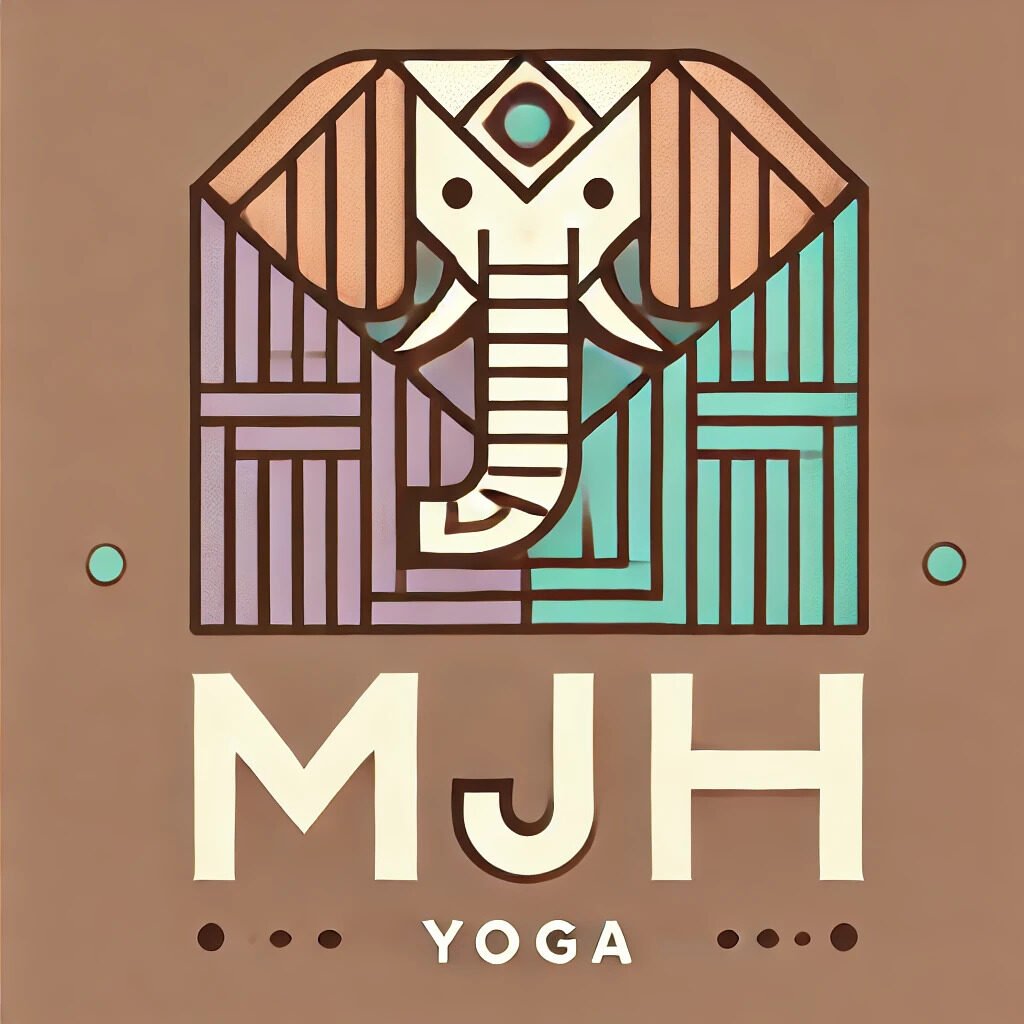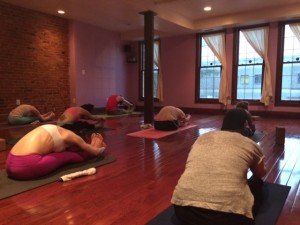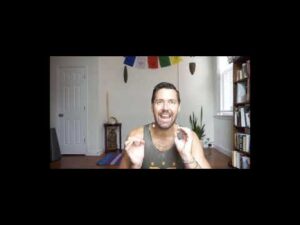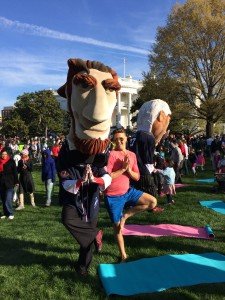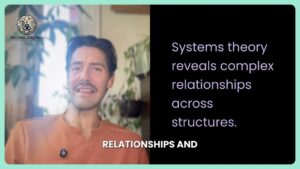The Five Obstacles to Yoga
The Five Obstacles to Yoga
Introduction
Every yogi, whether fresh-faced on the mat or seasoned from years of practice, eventually bumps into… something. A wall, a plateau, a discomfort, or an inexplicable resistance. In yoga philosophy, these aren’t random speed bumps — they are known, predictable, and profoundly human. Enter the kleshas — the five obstacles.
These obstacles aren’t about flexibility or how long you can hold a handstand. They’re inner blocks that cloud perception, distort behavior, and make spiritual evolution feel like wading through peanut butter in a wet blanket. Understanding them doesn’t magically solve them (sorry), but it does provide a framework for self-inquiry, personal growth, and a yoga practice that transcends hamstrings.
I. Avidya (Ignorance): The Root Obstacle
In yoga, avidya is considered the big boss battle — the foundational misunderstanding from which all other suffering arises. It’s not the “didn’t-read-the-syllabus” kind of ignorance, but a deep confusion about reality.
“Ignorance is the root cause – it’s a misperception. We misidentify pain as pleasure, the pure as impure, the permanent as impermanent.”
Avidya shows up every time we mistake physical yoga for the entire practice, or assume that outer success guarantees inner peace.
“When we think yoga is just about making shapes with our bodies, that’s a form of ignorance about the deeper purpose of the practice.”
Working with avidya requires a shift in perception. It’s about pulling back the curtain to see things as they are — not as we wish them to be.
“As practitioners progress, they become more aware of these obstacles and how to work with them.”
II. Asmita (Limited Sense of Self/Ego)
Ah, asmita — the ego. Not the Beyoncé strut kind, but the version that says, “I am my thoughts. I am my body. I am this identity I’ve carefully constructed on social media.”
“We misperceive the small self and the big self. We think we’re just this limited body and mind.”
Asmita can look like pride, or defensiveness, or the reluctance to ask for help in class because you’re “supposed to know by now.”
“Progress in yoga involves expanding beyond our limited identification with who we think we are.”
Yoga encourages us to dissolve the rigid boundaries of ego—not destroy the self, but recontextualize it.
“We need enough self-worth to show up on the mat, but enough humility to keep learning.”
III. Raga (Attachment/Likes)
If you’ve ever had a “favorite pose,” congrats — you’ve met raga. It’s the pleasant twin of aversion, quietly whispering, “Do more of what feels good. Just skip the rest.”
“Our likes are just as limiting as our dislikes. We get attached to feeling good in certain poses and chase those experiences.”
Raga isn’t bad — it’s human. But in yoga, when we cling to what’s comfortable, we limit transformation.
“When we’re attached to outcomes, we’re setting ourselves up for disappointment.”
Yoga teaches us to notice these preferences, without letting them drive the car.
“Practice provides opportunities to watch our attachments without being controlled by them.”
IV. Dvesha (Aversion/Dislikes)
Where there’s raga, there’s dvesha. Dvesha is the flinch, the flail, the “ugh-not-this-again” feeling when your teacher cues that pose.
“Dislikes and avoidance behaviors are just as powerful as our cravings.”
Dvesha thrives on avoidance. It’s why we suddenly need a bathroom break before navasana or why we mentally check out during meditation.
“When we continuously avoid challenging poses, or check out mentally during difficult moments, that’s dvesha at work.”
But here’s the kicker: dvesha is often pointing straight at our growth edge.
“Facing discomfort and unmet wants in practice helps us develop the capacity to stay present with whatever arises.”
V. Abhinivesha (Fear of Death)
The final boss: abhinivesha — the clinging to life, fear of death, and fear of the unknown. Even the wisest sages, we’re told, are subject to it.
“Fear of death is the most basic and universal obstacle. Even wise people are subject to it.”
In our day-to-day lives, abhinivesha shows up as fear of change, fear of letting go, fear of failure, or even fear of rest.
“The fear of death includes fear of change, fear of loss, fear of the unknown.”
Practice helps us get more comfortable with impermanence, one exhale at a time.
“Progress is reflected in how much less the thought of dying bothers the practitioner. Practice provides opportunities to confront our fear of death.”
VI. Practical Applications: Working with the Obstacles
So how do we actually work with the kleshas? Slowly. Kindly. Relentlessly. Awareness is the first step — and often, the hardest.
“We have to first recognize these obstacles in ourselves before we can address them.”
Then we bring in the tools: breath work, meditation, asana — disciplines that allow space to observe and shift.
“These obstacles are being eradicated to participate in and grow one’s yoga practice.”
It’s not about elimination — it’s about refinement.
“As we progress, we become more aware of these obstacles and how to work with them.”
VII. The Interconnected Nature of the Obstacles
The kleshas don’t exist in isolation. They’re more like a dysfunctional friend group: ignorance fuels ego, which triggers attachment, which generates aversion, which all lead back to existential dread. Yay!
“Ignorance leads to a limited sense of self, which creates likes and dislikes, which ultimately connect to our fear of death.”
But here’s the good news: working with any one of these affects the others.
“Each obstacle we work with weakens the others.”
They’re not dead ends—they’re doorways.
“Confronting these obstacles contributes to a deeper understanding of yoga as a practice of inner harmony and infinite connection.”
Conclusion
The kleshas aren’t problems to be fixed—they’re invitations. They call us to step into awareness, again and again, every time we wobble in a pose, get irritated by our own mind, or attach to how things should be.
“Accepting death as part of life helps us find harmony and connection. These obstacles don’t disappear completely, but our relationship to them changes profoundly.”
In working with the five obstacles, yoga becomes more than a physical practice. It becomes a path of clarity, presence, and the messy, beautiful unraveling of what no longer serves.
